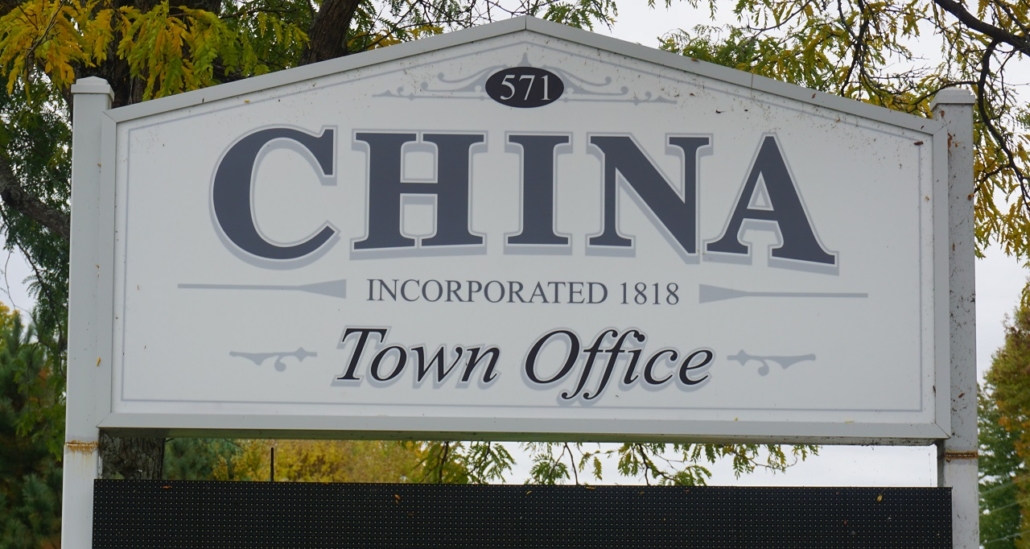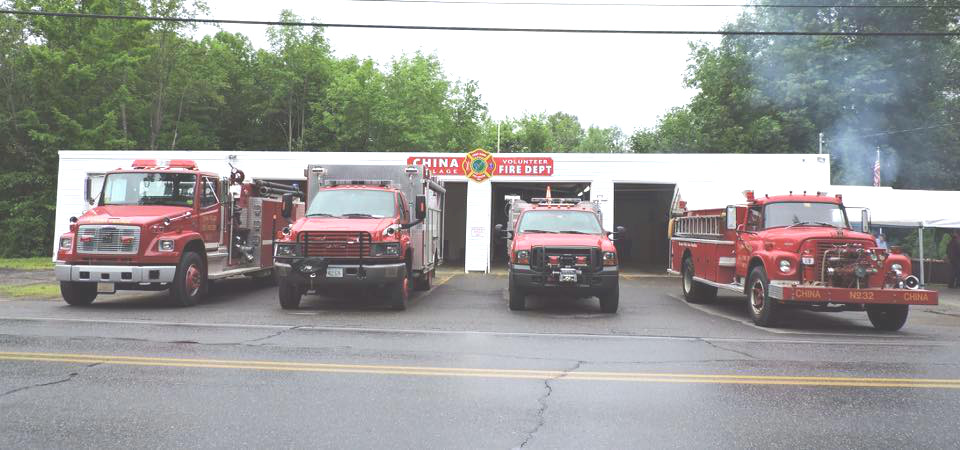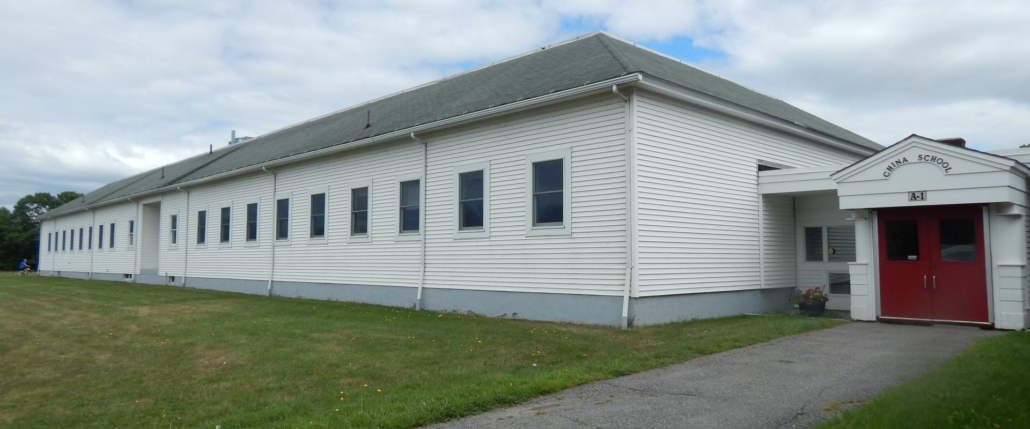Selectmen agree to purchase property at head of lake

by Mary Grow
China selectmen have agreed to spend money to advance one town goal and perhaps to spend more in the future to advance a second goal.
After discussion in executive session at their March 18 meeting, the four board members present voted unanimously to pay Susan Bailey $7,500 for her piece of land at the head of China Lake’s east basin, plus acknowledging an additional $2,500 contribution from Bailey, with a plaque recognizing the contribution to be installed.
In November 2016 voters approved spending up to $10,000 for the land, which is used for boat landing parking. Improving the boat landing area is part of the TIF (Tax Increment Finance) Committee’s plan for increasing recreational opportunities.
During the March 18 open meeting, board members unanimously authorized the Broadband Committee to prepare an application for a grant for equipment to expand broadband access.
Town Manager Dennis Heath warned that “This is not going to be a small request.” If the grant is received and requires a local match, it will exceed the $55,000 selectmen asked voters to approve at the April 6, 2018 town business meeting for a year’s worth of grant-matching.
Heath said he will write the application for selectmen to review. The deadline for submitting it is late in April, he said.
After the executive session selectmen took two other actions. They accepted a refund of more than $16,000 from former Town Manager Daniel L’Heureux for over-payment of accrued compensation funds; and they authorized Heath to offer the assistant codes officer position to a person to be named if he or she accepts the job.
In other business during the open meeting:
- Selectmen authorized Heath to sign a letter of support for the Community Concepts Self-Help Homeownership Program. The manager said the program helps people become homeowners and has a related component that helps rehabilitate houses. (See the website for more information.)
- Board members approved a red light application for a China Village firefighter. After discussion with police officer Tracy Frost, who agreed with Heath that fire chiefs approve the applications and do not need selectmen’s assent, they voted in future to ask only for after-the-fact reports as China’s three fire chiefs add new red-light users.
- Selectman Irene Belanger invited residents to share with her their ideas about appropriate celebrations for the 2020 State of Maine Bicentennial.
If China selectmen stay on their regular schedule, their next meeting will be Monday evening, April 1.



 Tim Theriault, Chief, China Village FD
Tim Theriault, Chief, China Village FD




